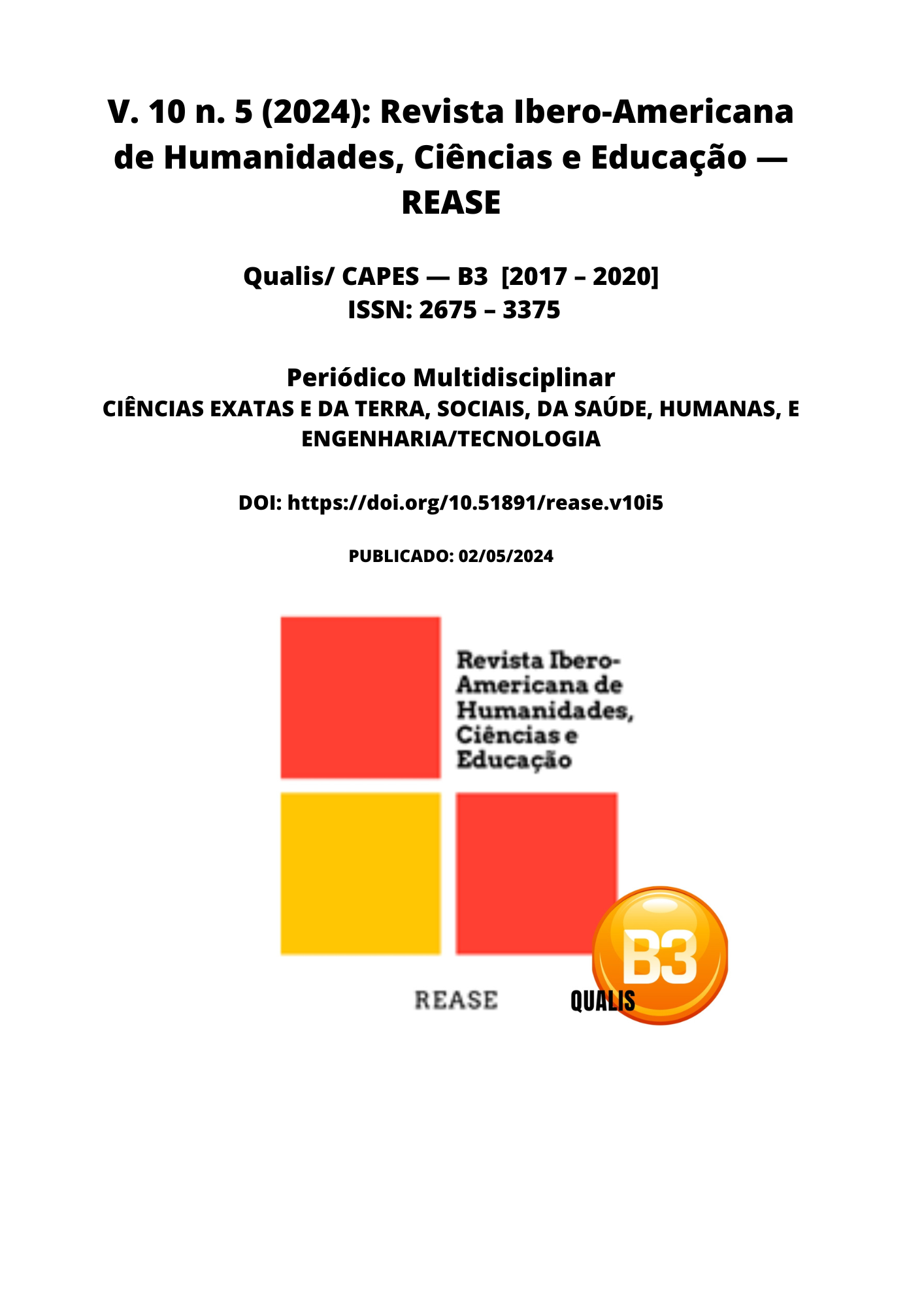LEGAL DENTISTRY DEVELOPED AT IML: THE IMPORTANCE OF DENTAL DOCUMENTATION IN THE HUMAN IDENTIFICATION PROCESS
DOI:
https://doi.org/10.51891/rease.v10i5.13956Keywords:
Forensic dentistry. Dental records. Dentistry techniques.Abstract
The Institute of Legal Medicine (IML) is a body focused on Technical-Scientific inspection of police, with a special focus on identifying criminal causes through the execution of procedures such as autopsy, which consists of a series of procedures and observations that are organized with data about the corpse with the aim of identifying both the cause of death and, above all, the identity of the body. In this process, legal dentistry is developed, in which dental surgeons help identify corpses through analysis of the dental arch, focusing on the work of this professional, the objective is: Discuss the importance of dental documentation for identification of bodies in the IML. To this end, qualitative research was developed, focusing on the quality and not the quantity of data obtained, using academic works published in the last 5 years (2019 – 2023) as a data source. Therefore, it was possible to conclude that the importance of dental documentation for identification at the Legal Medical Institute (IML) is a crucial issue, especially in cases of natural disasters, serious accidents or violent crimes where the visual identification of victims may be compromised. Dental documentation provides a reliable way to identify individuals by analyzing their dental characteristics, which are unique to each person and resist significant damage. The complementarity of dental documentation with other identification methods, such as fingerprints and DNA analysis, is a crucial facet in identifying victims at the Legal Medical Institute (IML). While each method has its own limitations, combining different approaches can significantly increase the accuracy and reliability of identification. This emphasizes the need for efficient preparation and storage of dental documentation, as it contains detailed patient details and relevant information that subsequently proves their identification. Therefore, the correct preparation of dental documentation is the responsibility of the Dentist, whether in the public or private setting. This is an essential document that must be filled out with precision and attention. Therefore, in this case, identification was possible through a comparative analysis of the antemortem forensic x-ray with the post-mortem x-ray.
Downloads
Downloads
Published
How to Cite
Issue
Section
Categories
License
Atribuição CC BY

